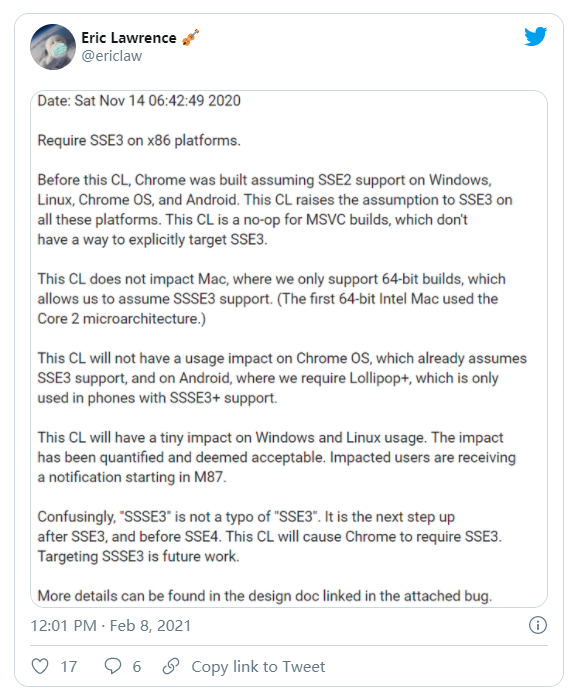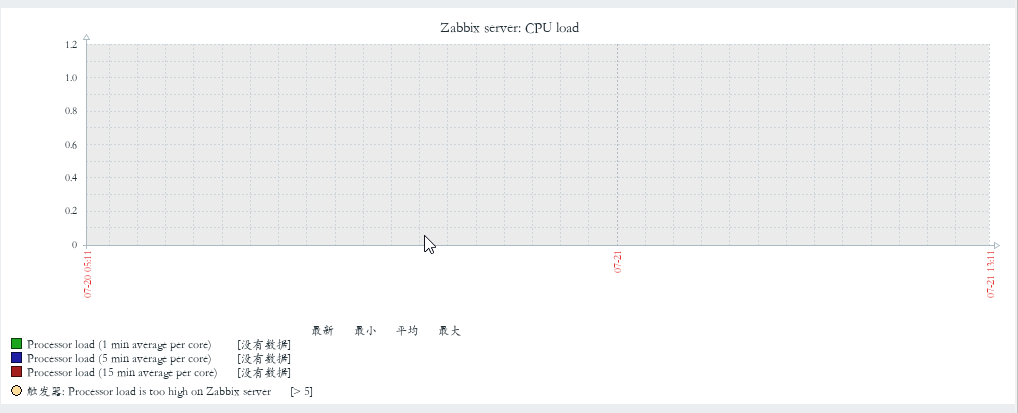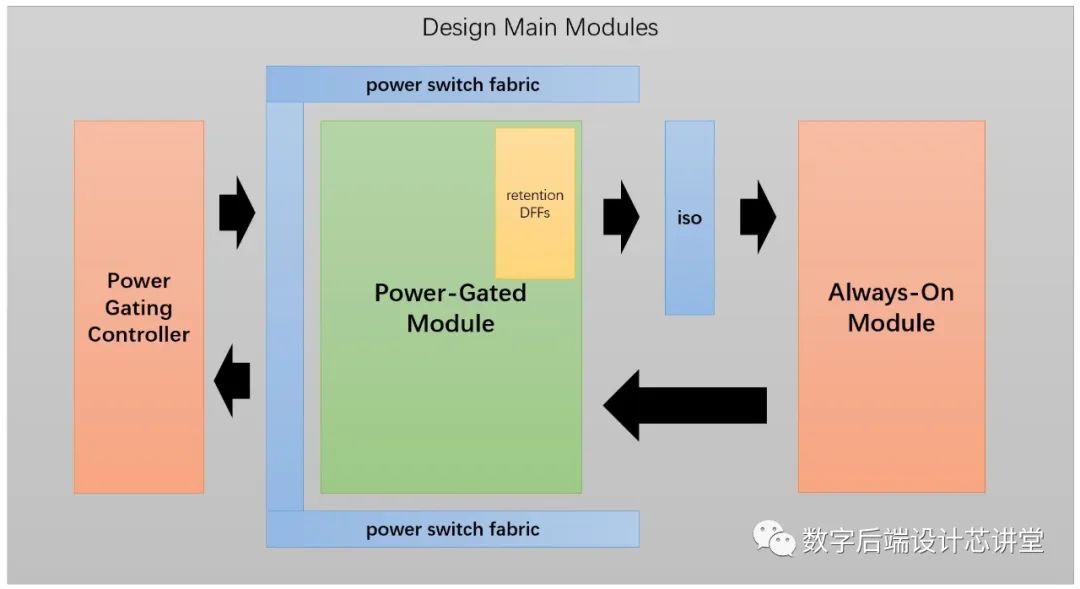So I have come across this best practices on Android articles on memory performance.
http://developer.android.com/training/articles/memory.html
They said
Avoid dependency injection frameworks
Using a dependency injection framework such as Guice or RoboGuice may
be attractive because they can simplify the code you write and provide
an adaptive environment that's useful for testing and other
configuration changes. However, these frameworks tend to perform a lot
of process initialization by scanning your code for annotations, which
can require significant amounts of your code to be mapped into RAM
even though you don't need it. These mapped pages are allocated into
clean memory so Android can drop them, but that won't happen until the
pages have been left in memory for a long period of time.
But what about Dagger which they claim to be fast. Not sure which one should I go for?
This recommendation does not apply equally to all dependency injection frameworks.
..frameworks [that work like Guice] tend to perform a lot of process initialization by scanning your code for annotations, which can require significant amounts of your code to be mapped into RAM even though you don't need it..
Thus, if using a DI/IoC framework that doesn't scan for said [run-time] annotations, implying the [excessive] use of reflection, then this reason doesn't apply. While Dagger does use annotations these are used differently than by Guice1 and avoid the problem stated.
Since Dagger was written as "A fast dependency injector for Android and Java", the authors have designed it for this purpose and believe that it is suitable for such a target - go ahead, give it a try.
1 Dagger uses compile-time annotations (well, mostly) instead of relying on run-time annotations and reflection; it is the run-time annotation scanning and reflection that causes the issue the memory guide was warning about.
The Android team has recently updated their recommendation to suggest developers use Dagger 2.
The previous recommendation was based on the high cost of reflection. Since Dagger 2 no longer uses reflection - Dagger 1 did - they believe it "can be used in Android apps without needless runtime cost or memory usage".
(Disclaimer: I'm the Dagger 2 team manager.)
The creator of Dagger, @JakeWharton, also wrote a simpler view "injection" framework called Butterknife
because all the RoboGuice converts were complaining about lack of
"view injection" with Dagger.
You use it like this:
class ExampleActivity extends Activity {
@InjectView(R.id.title) TextView title;
@InjectView(R.id.subtitle) TextView subtitle;
@InjectView(R.id.footer) TextView footer;
@Override public void onCreate(Bundle savedInstanceState) {
super.onCreate(savedInstanceState);
setContentView(R.layout.simple_activity);
ButterKnife.inject(this);
// TODO Use "injected" views...
}
}





